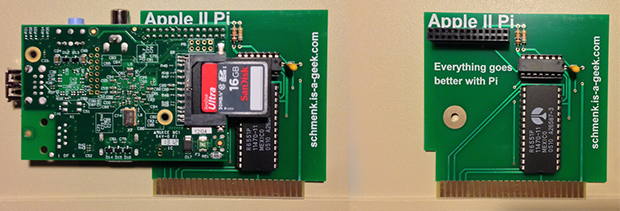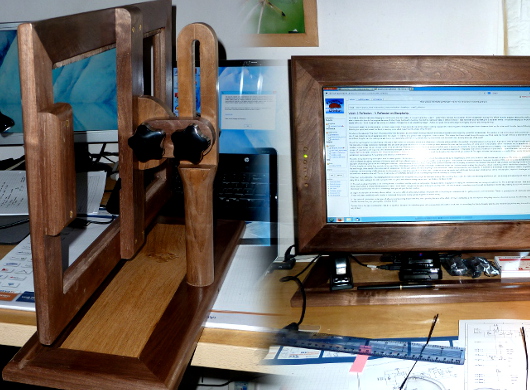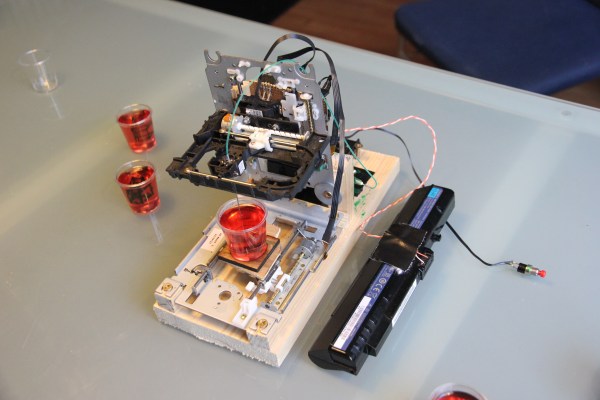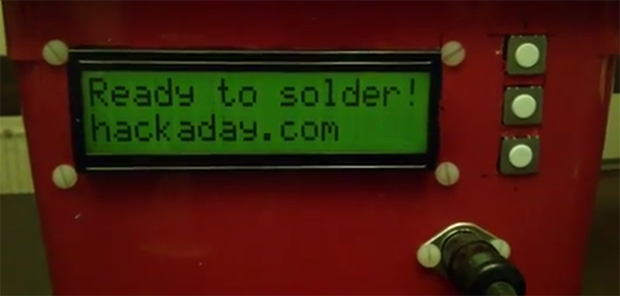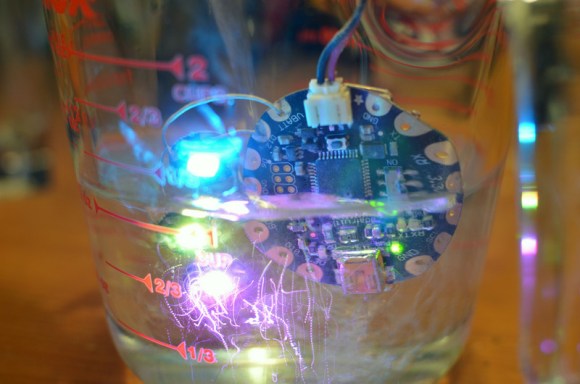
Christmas may be over, but the holiday hacks keep rolling in, like this awesome interactive Mega Tree Game Display!
[Lior] loves setting up light shows every year (just check out last year’s awesome White Christmas display with music!), but taking them down just… well… sucks! So this year he decided to make a fully controllable non-holiday specific light display that he can reuse it all year long.
It features 12 x 5 meter long waterproof RGB LED strips secured firmly to the front of his house, making a trapezoidal 12 x 150 pixel display. It was originally controlled with an Arduino but he found the USB connection was far too slow for the high frame rates he was aiming for — so he’s using a combination of a Raspberry Pi and a Teensy 2.0 instead.
Now, just making a programmable light show suitable for all holidays is pretty cool we must admit, but as [Lior] puts it, a plain light show is “so last decade”. So he’s gone and made the whole thing smartphone interactive. Yep, you can actually log in with your phone and play a silly game that involves dropping gifts on houses and snowmen. He’s also got a pretty cool Hanukkah display that features a spinning dreidel! Check out the full demonstration video after the break.

